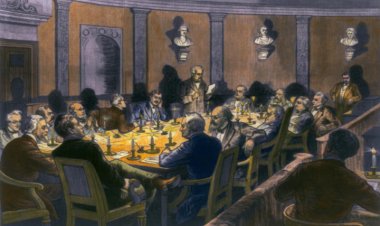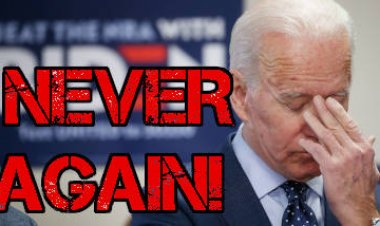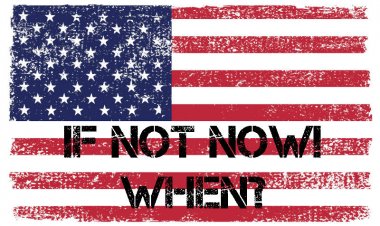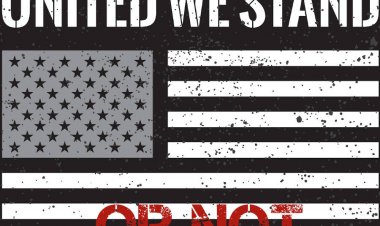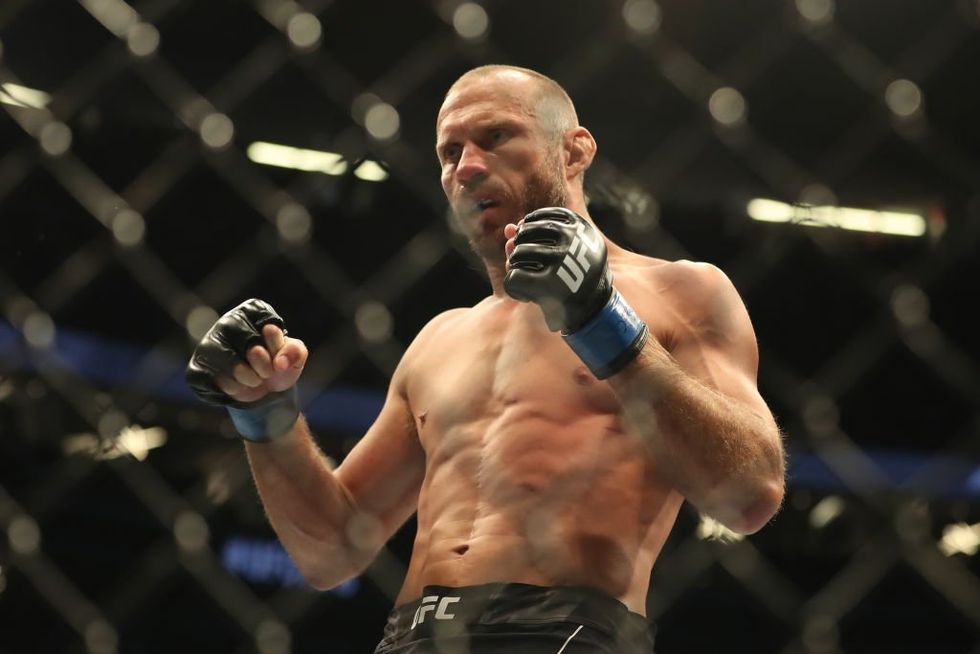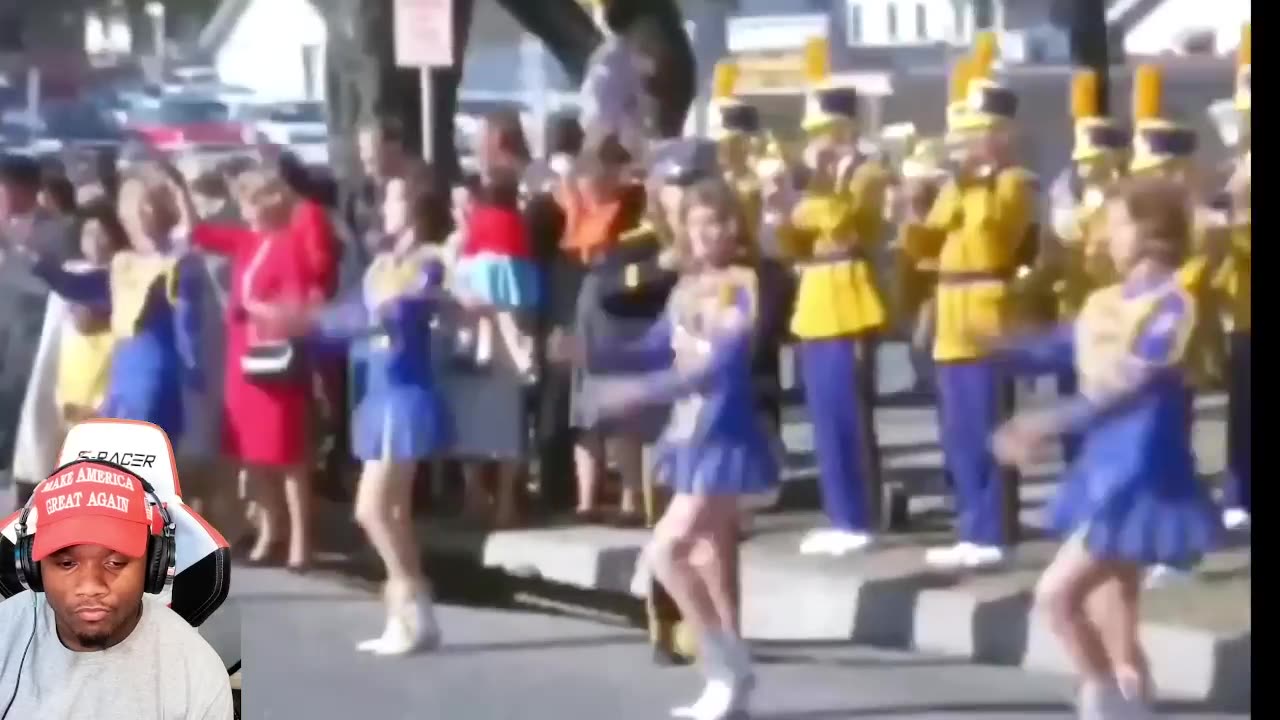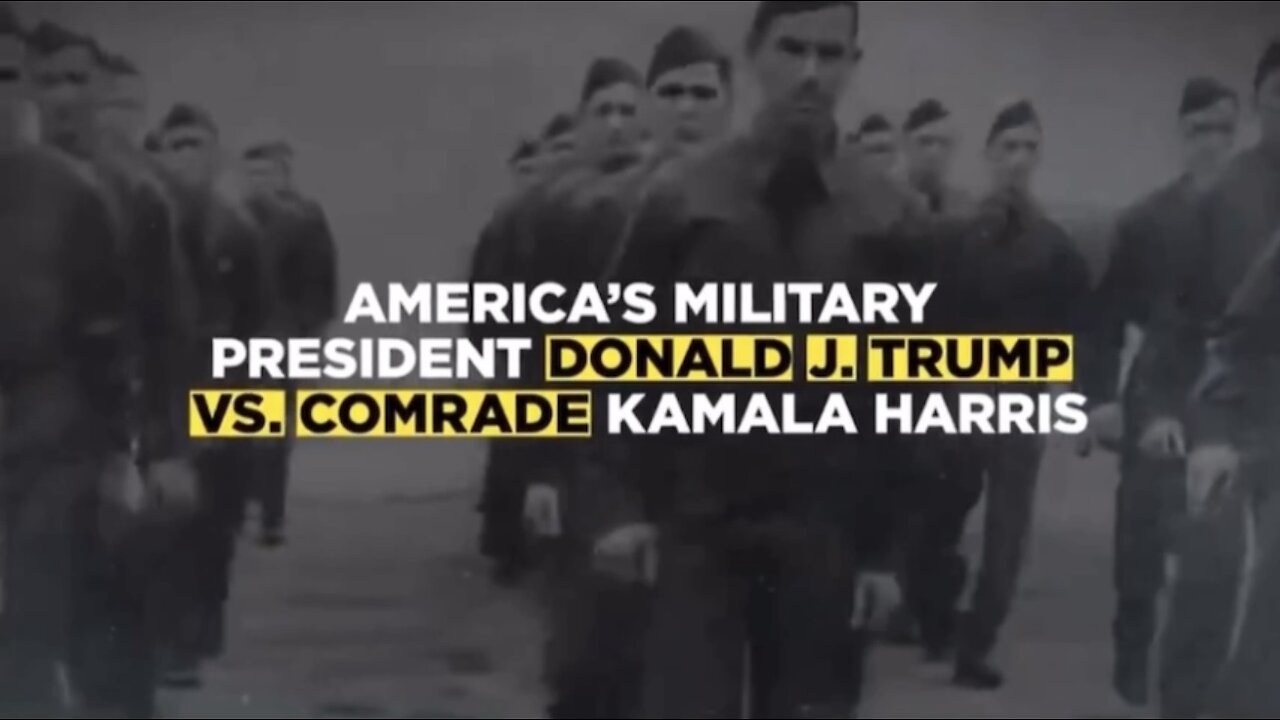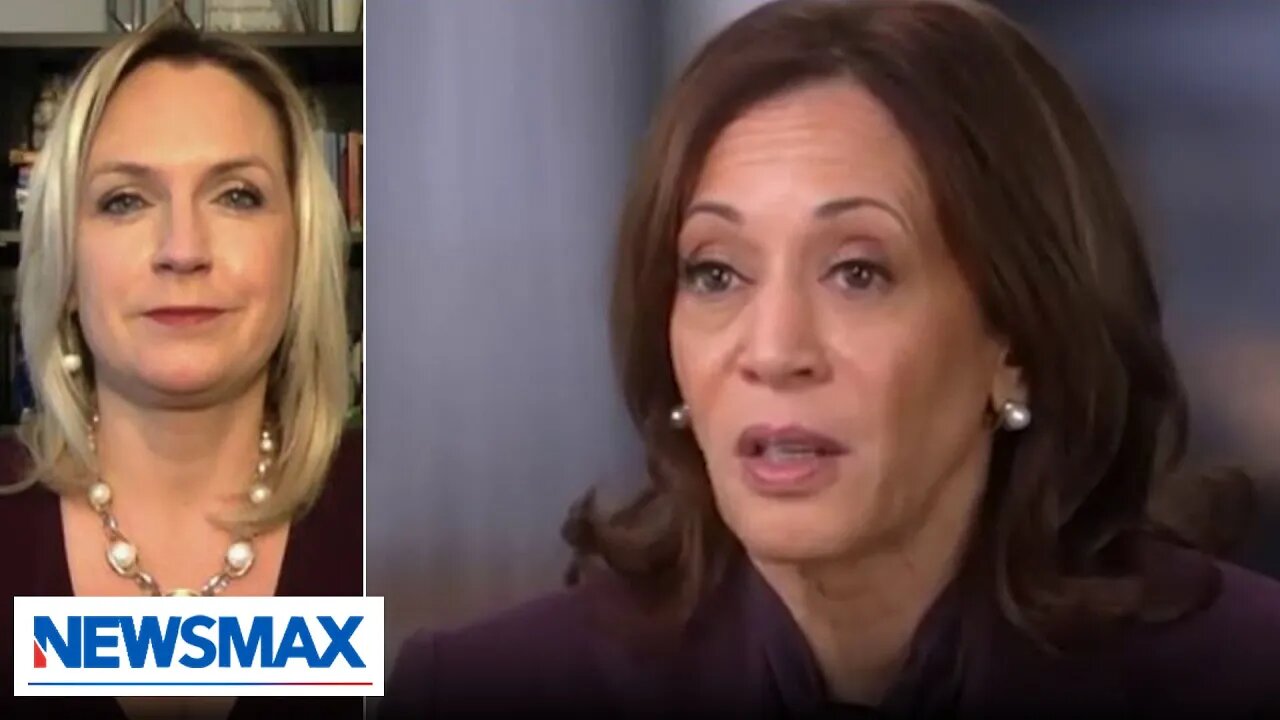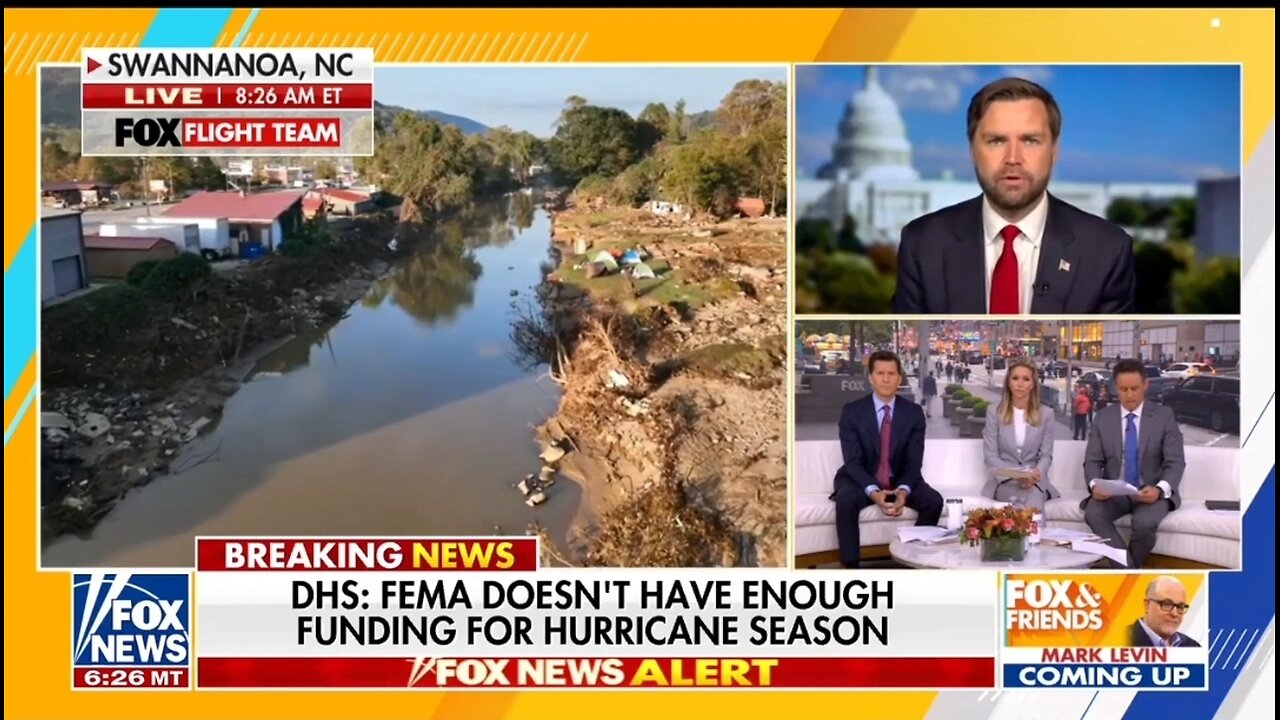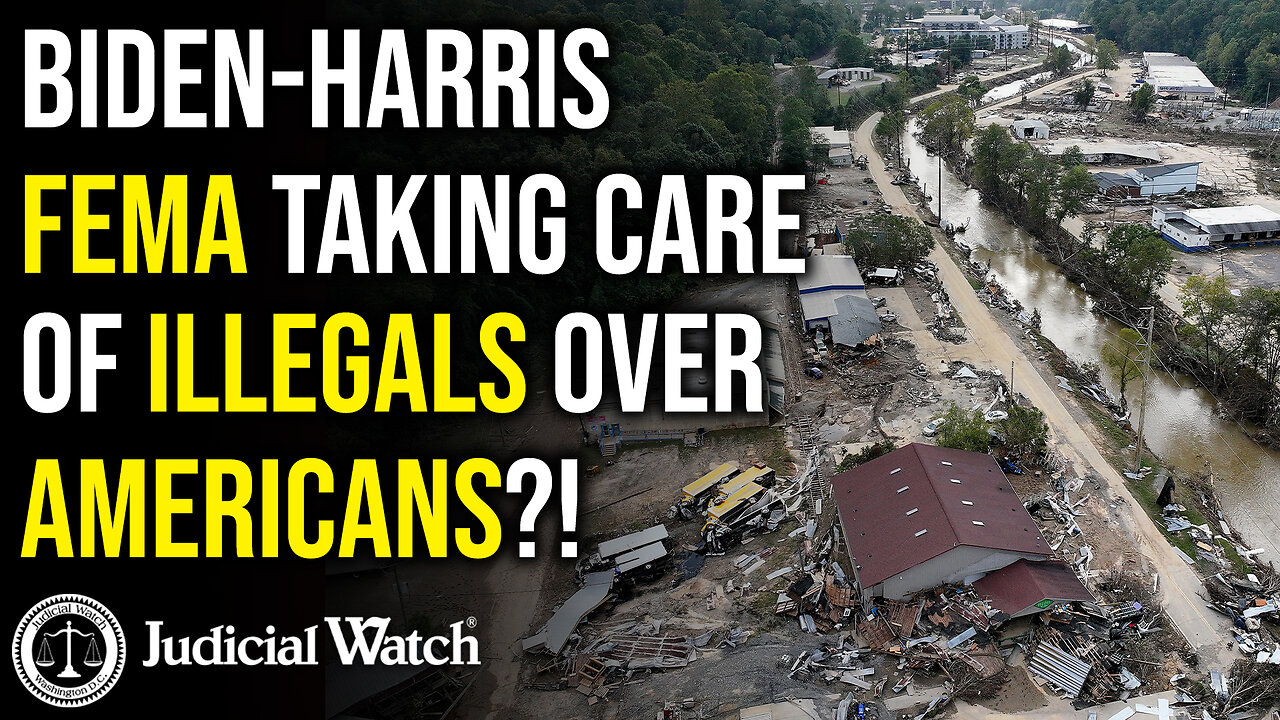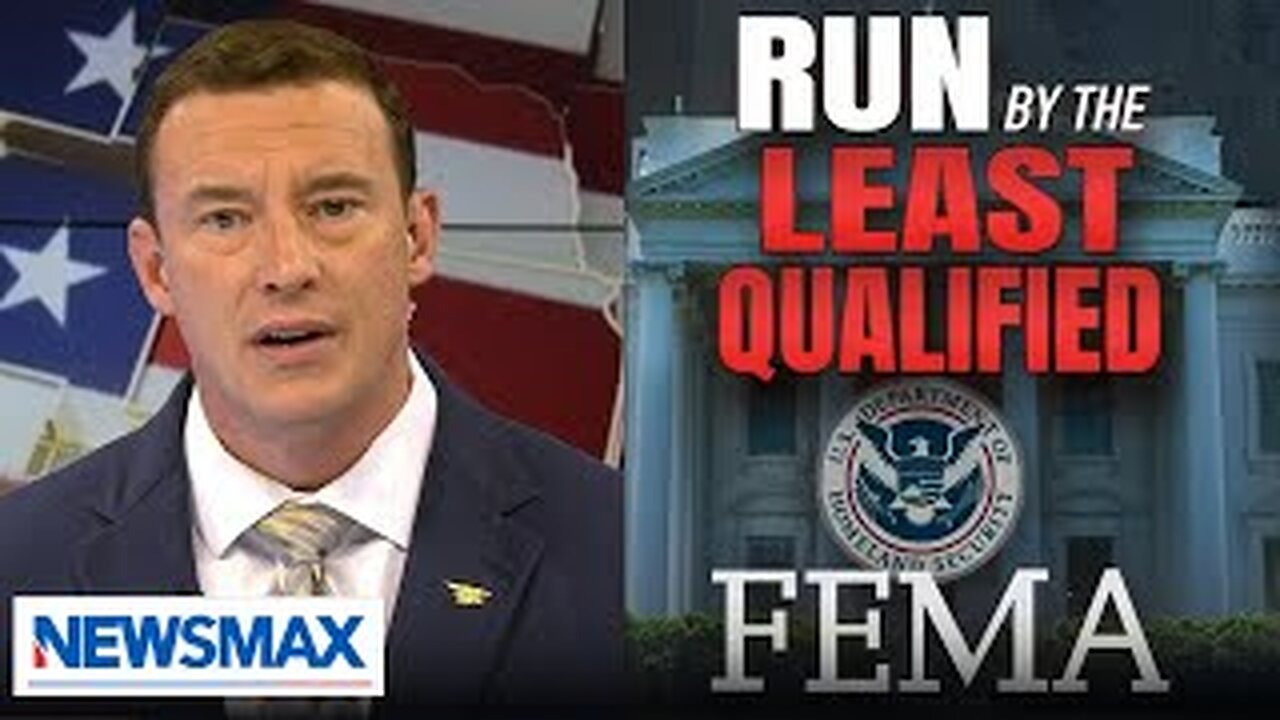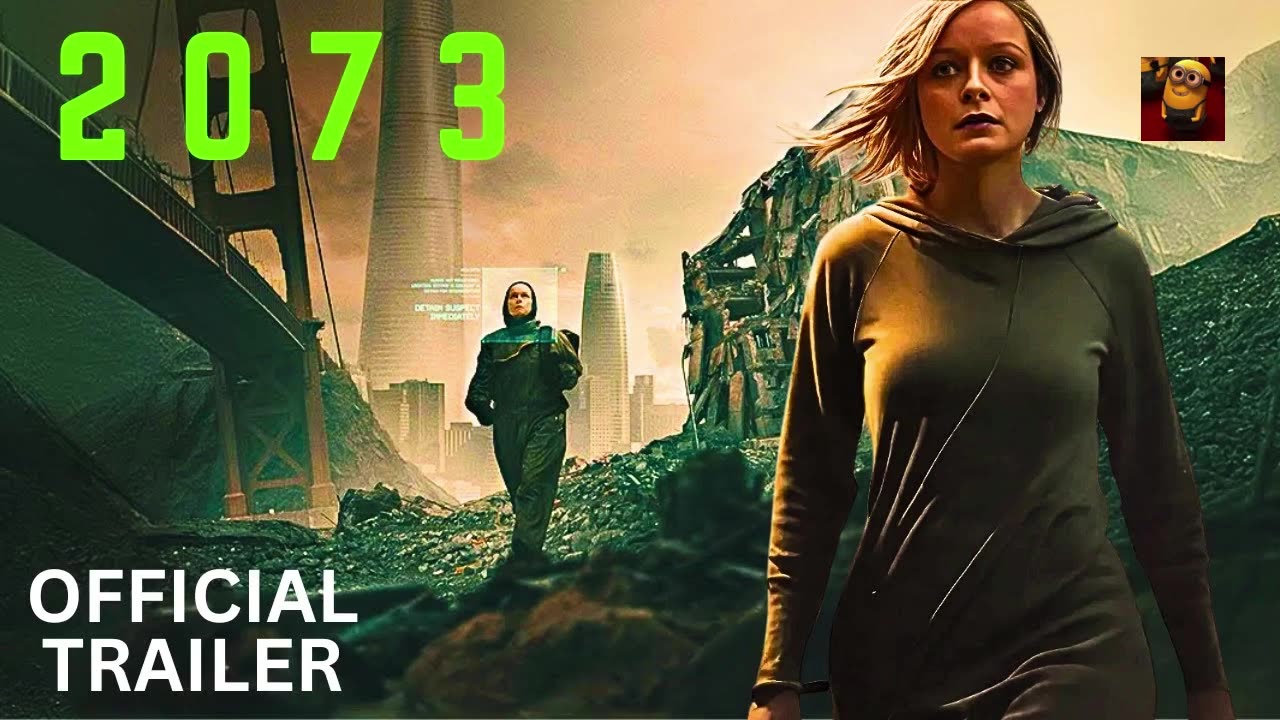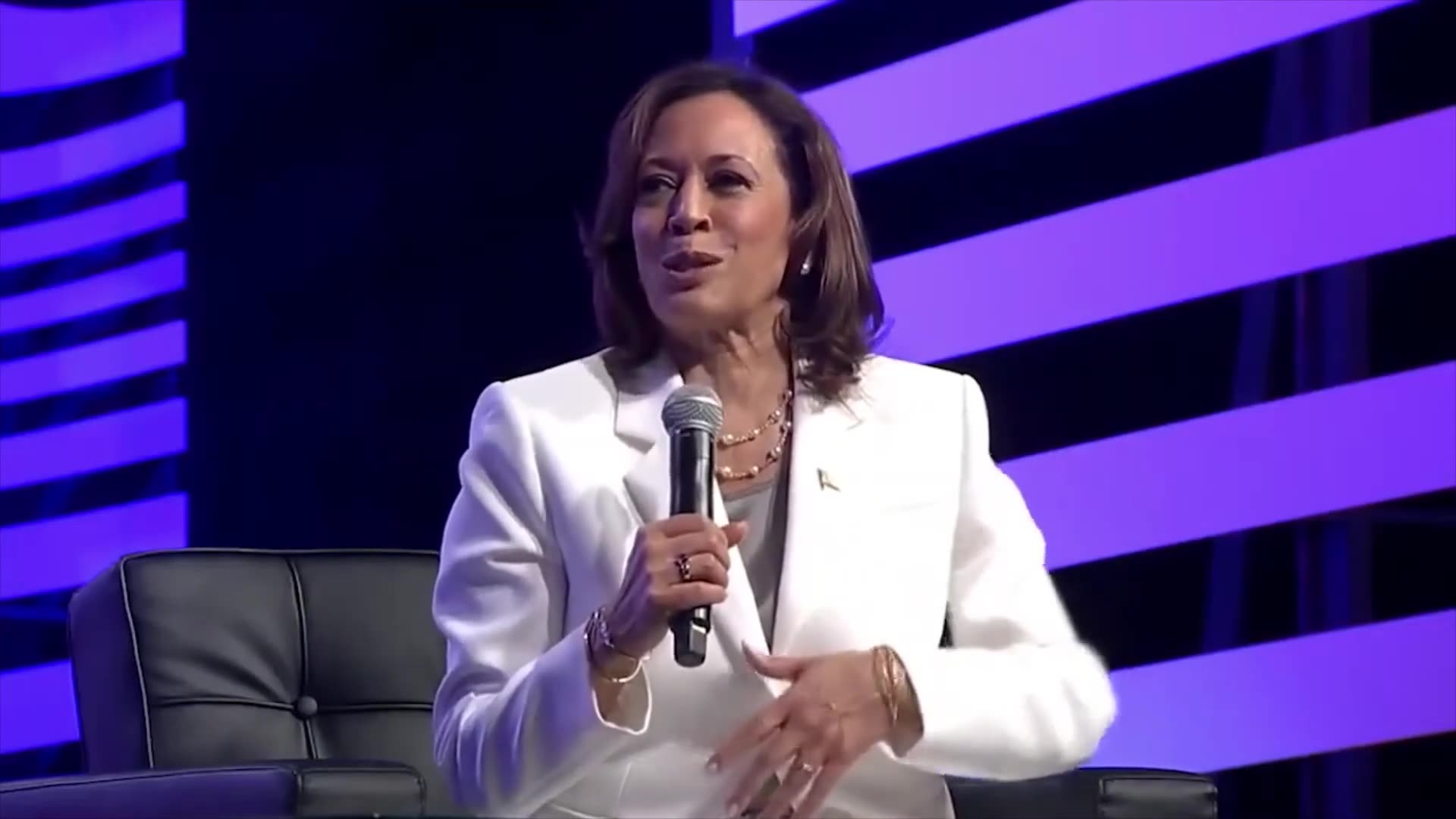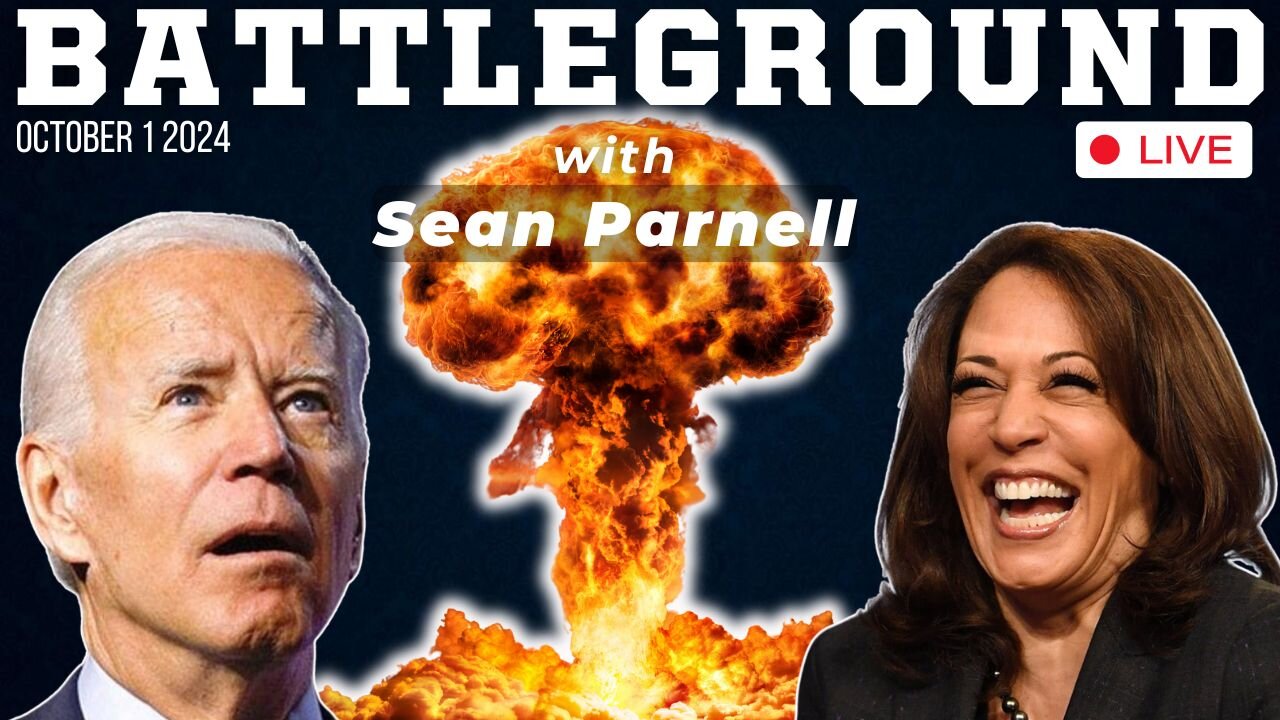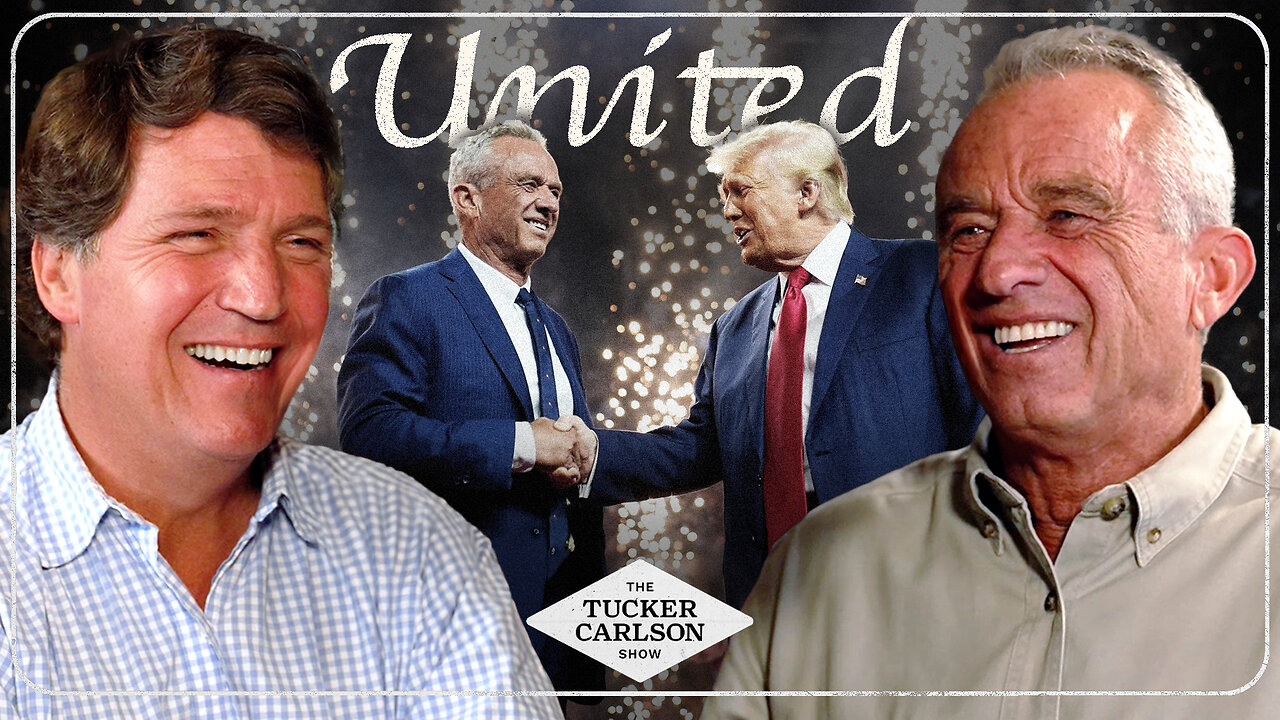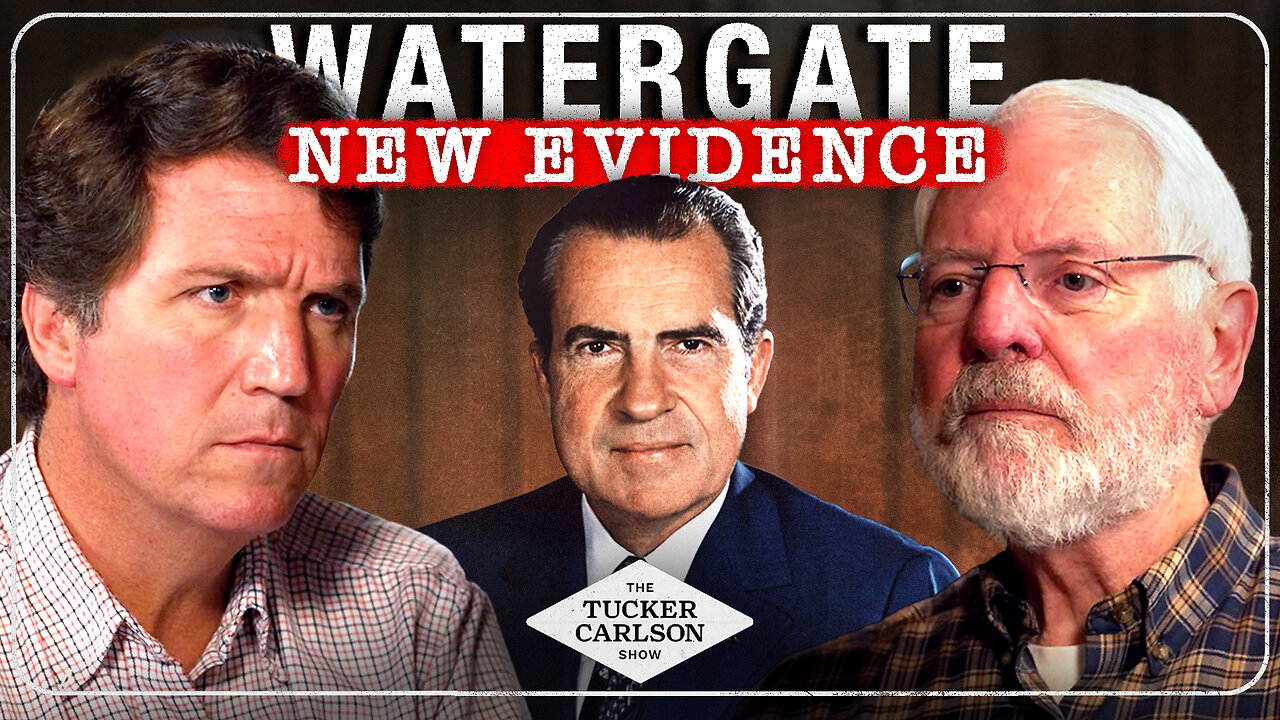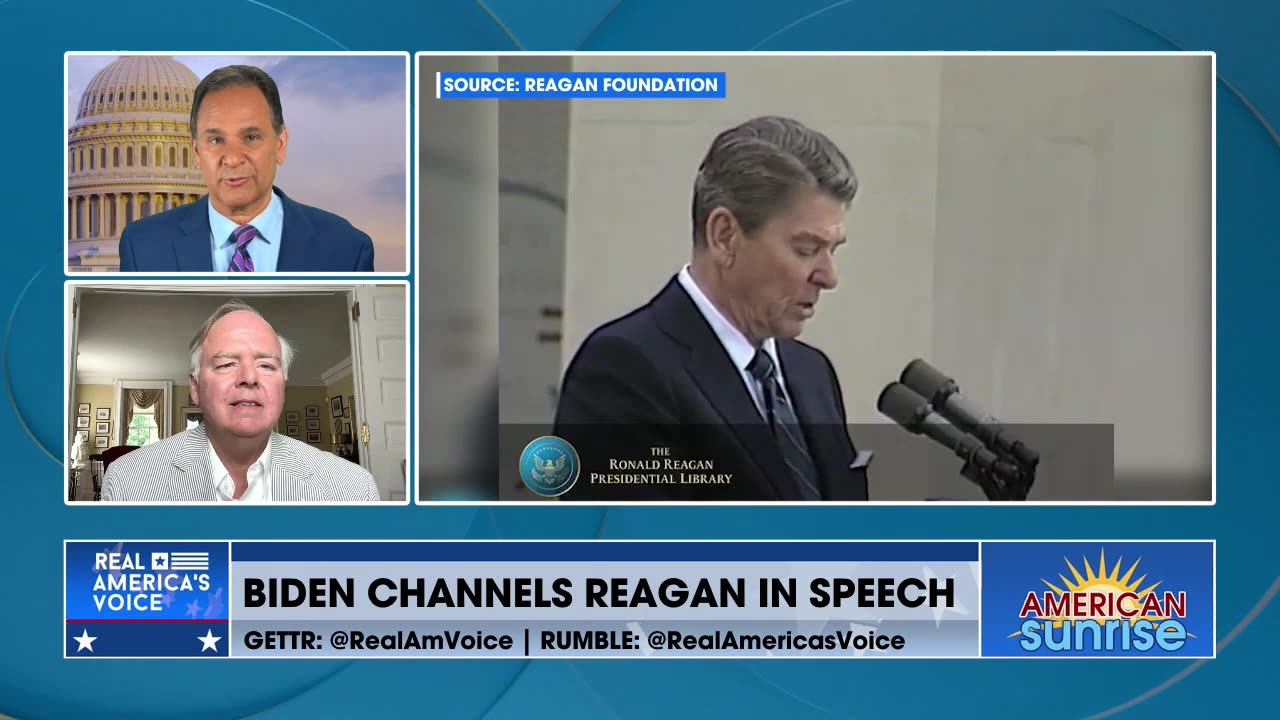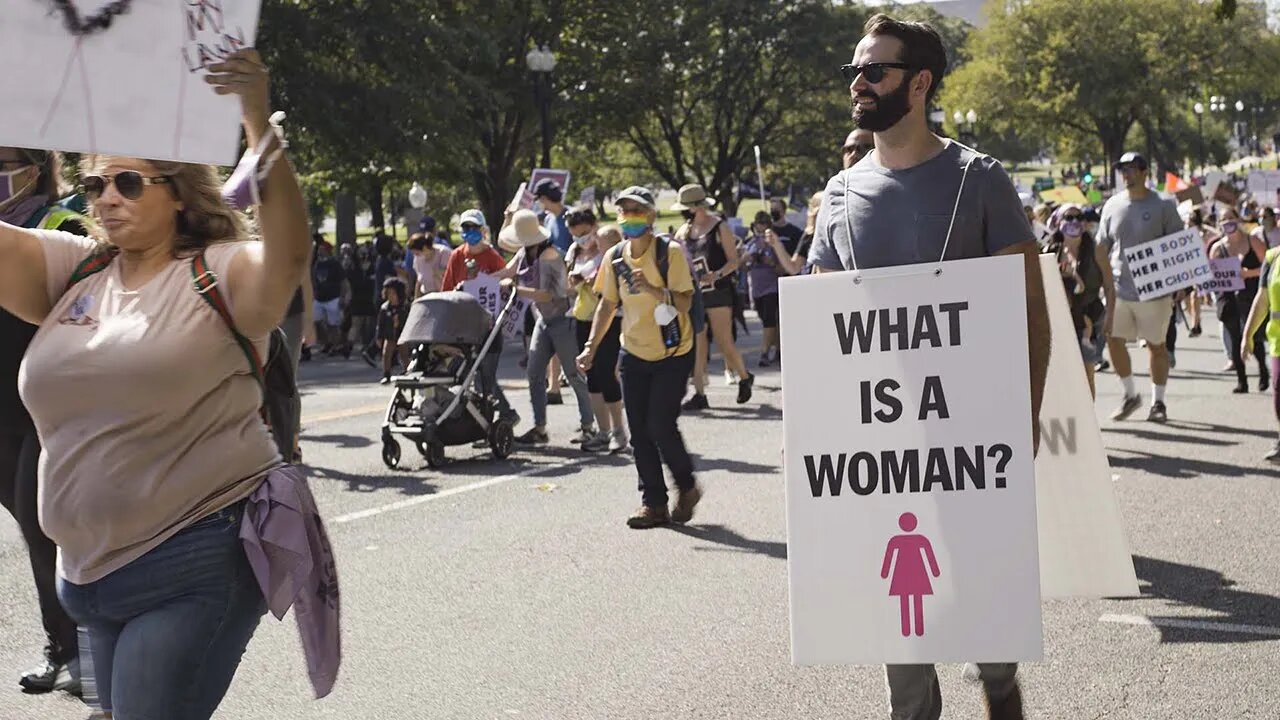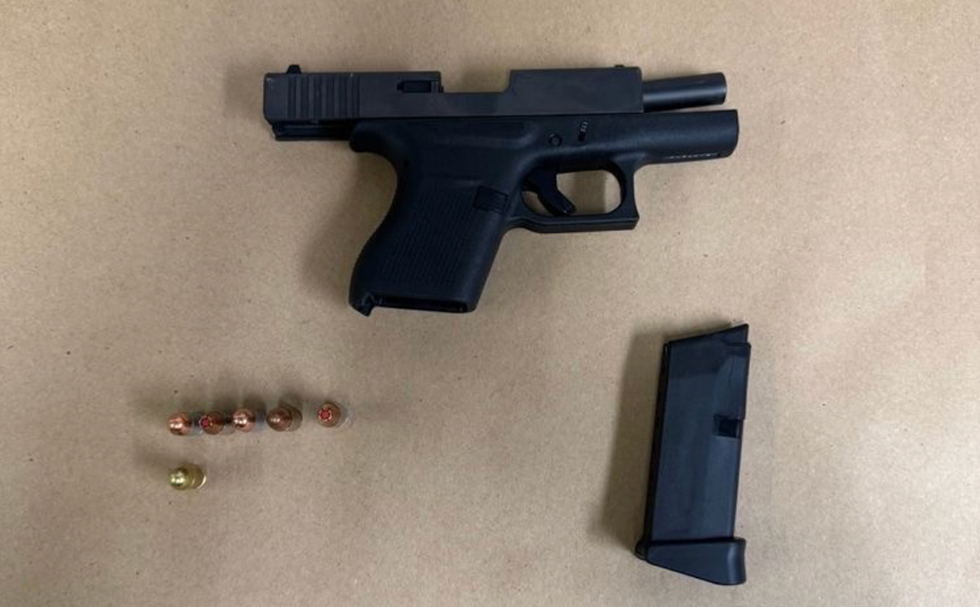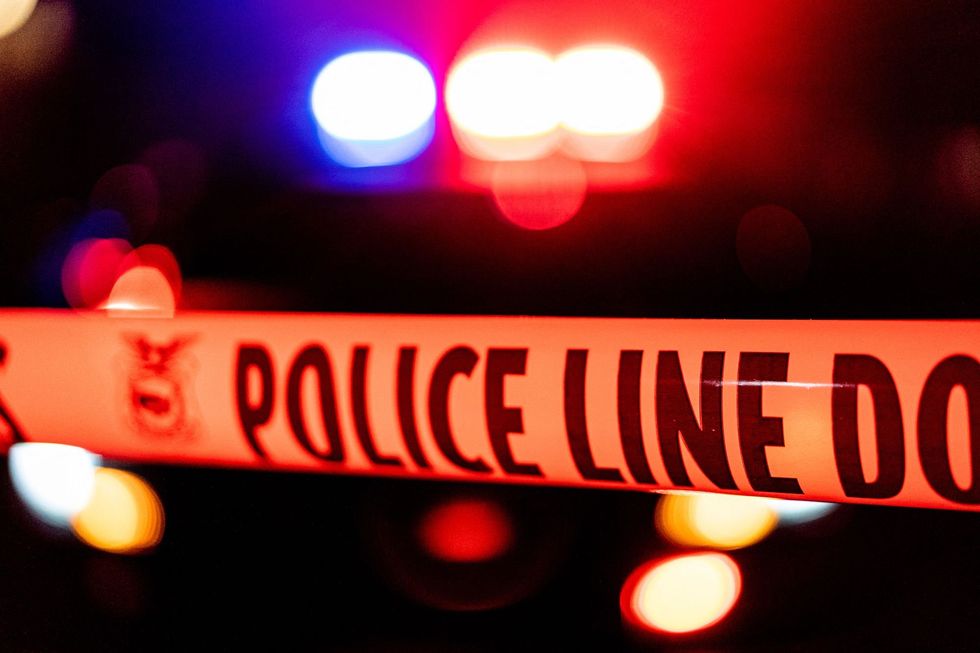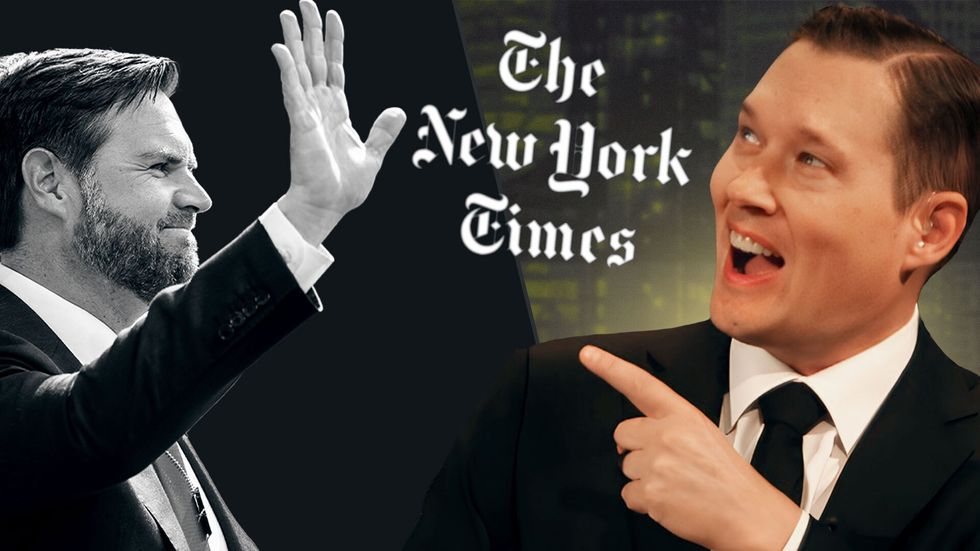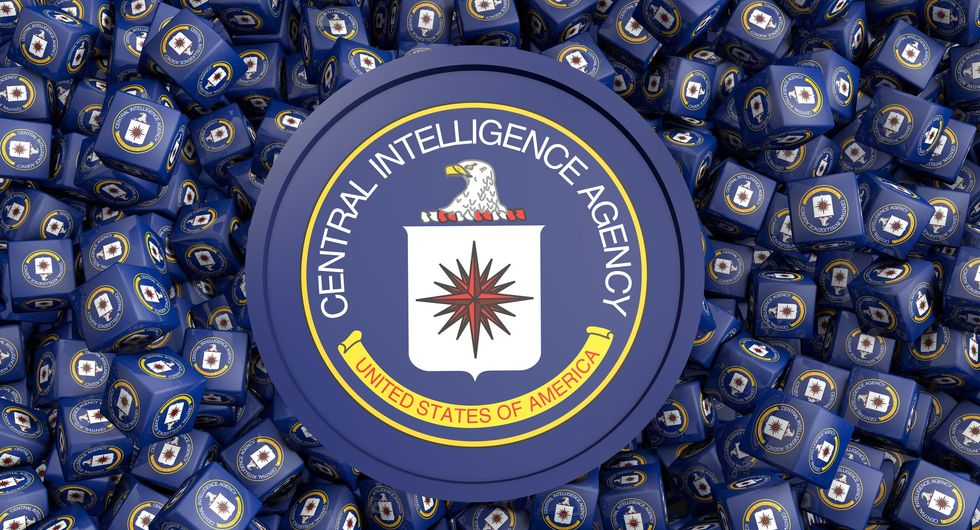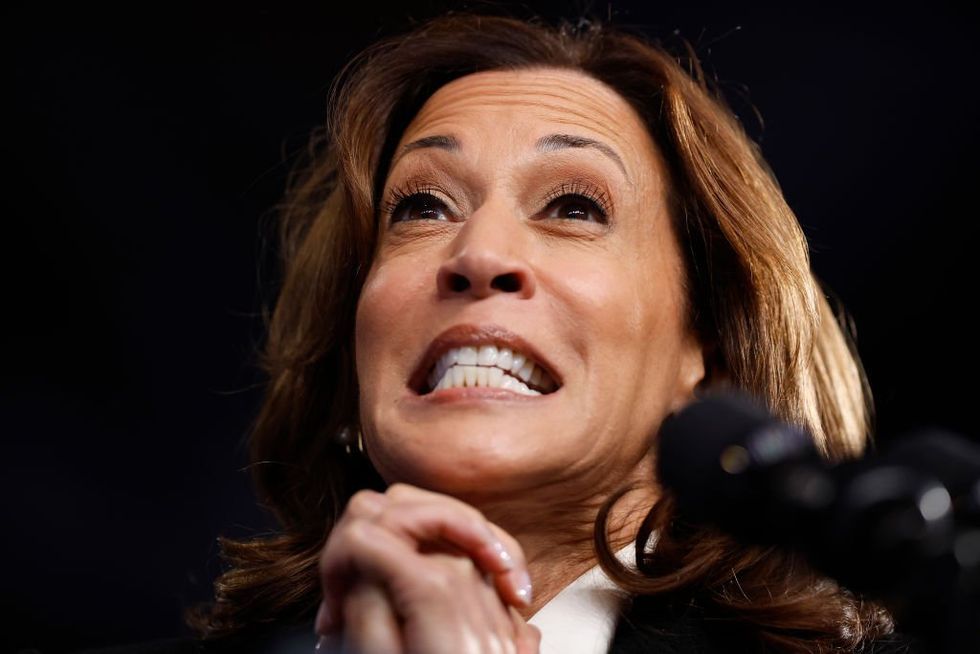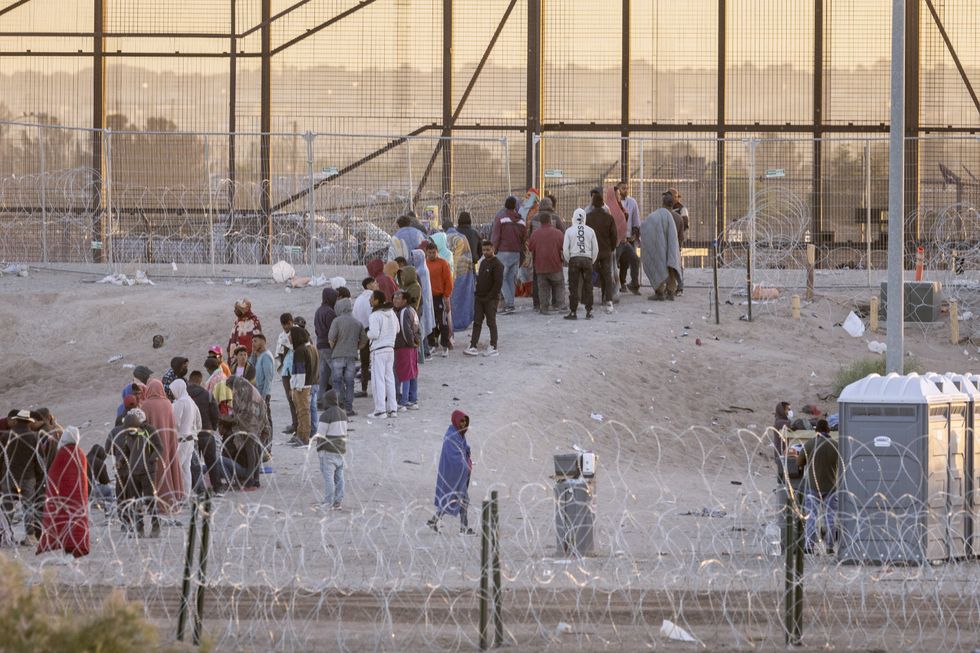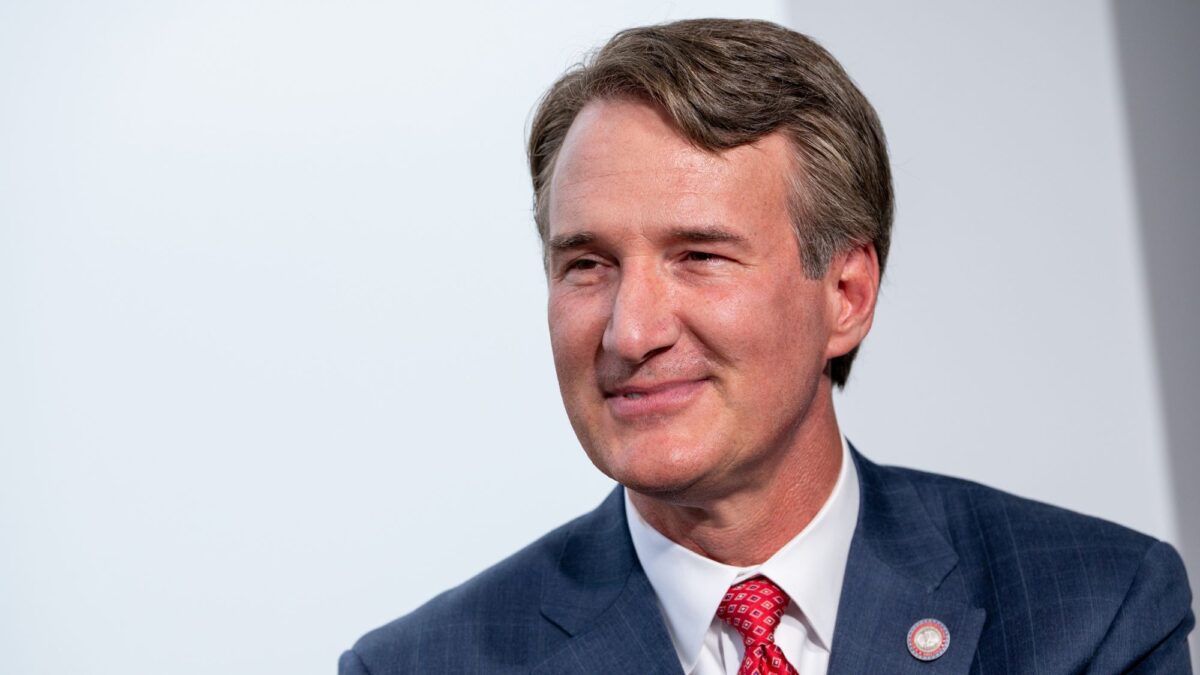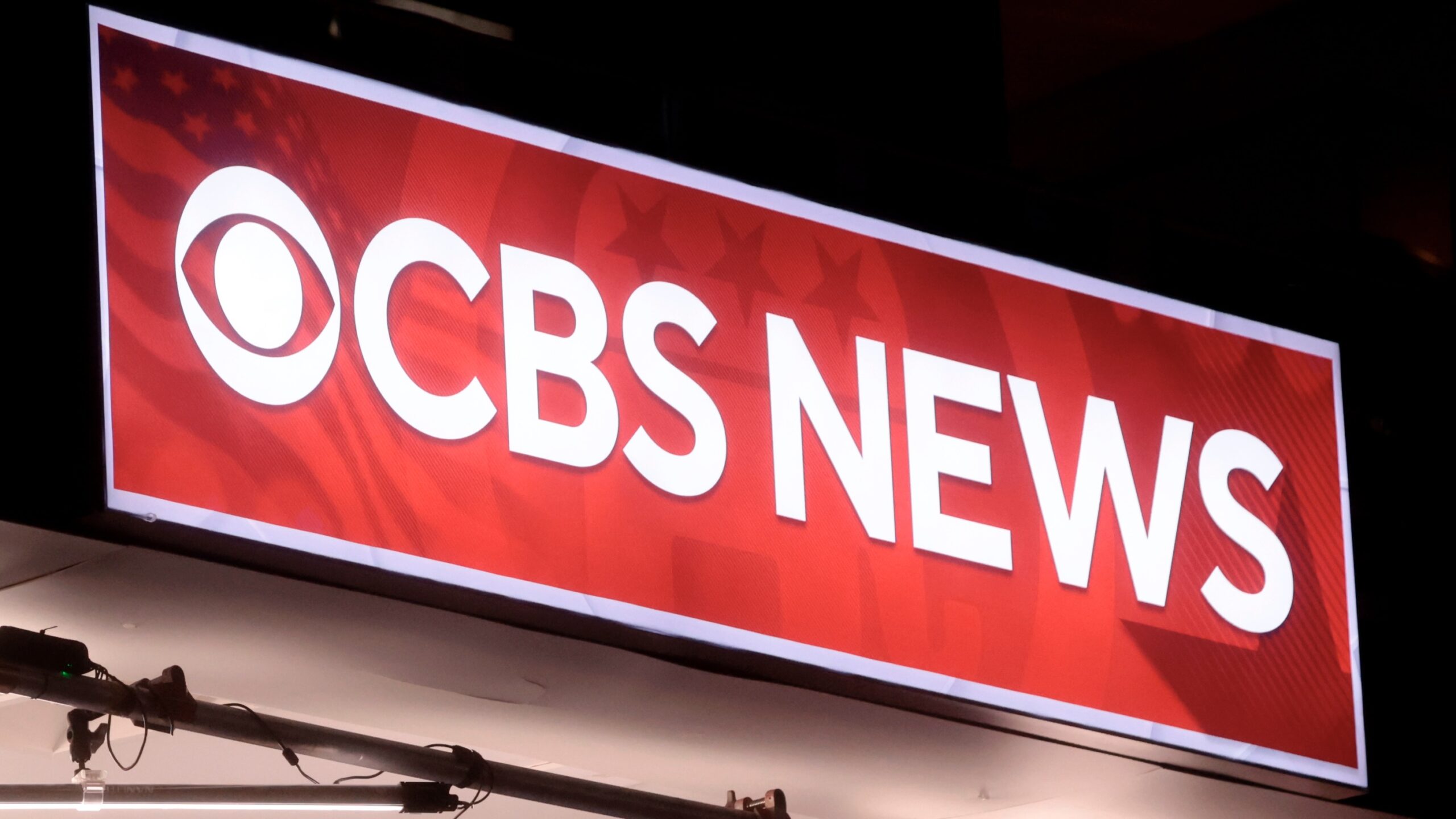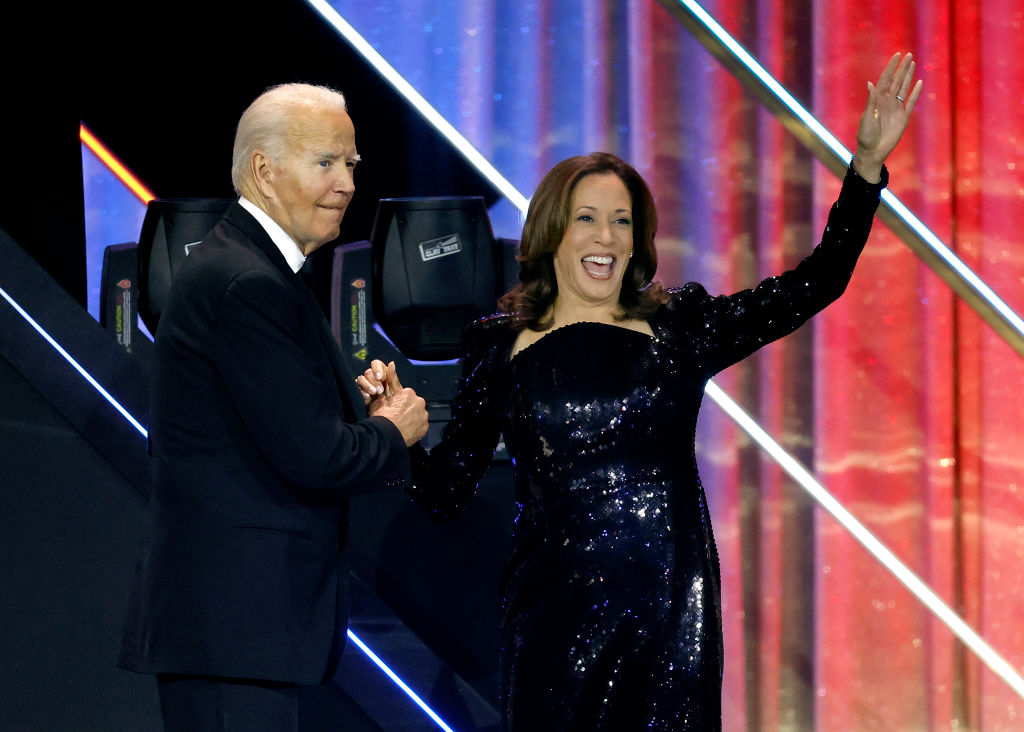Understanding the post-election Iranian dictatorship
'Only a tiny fraction of the population, at most 10%, turned out to vote'


Under the radical theocratic regime in Iran, the powers of the Supreme Leader have constantly evolved and expanded. Ali Khamenei, the current religious dictator of Iran, defines the role of Supreme Leader on his official website as follows: “All Muslims must obey the religious orders and governmental directives of the Supreme Leader and submit to his commands and prohibitions.”
Back in 2009, the concept of “Absolute Supreme Leader” was formally established. Under this concept, Ayatollah Ruhollah Khomeini, founder of the Islamic Republic, placed the authority of the Supreme Leader above civil laws and even religious principles.
Article 110 of the Iranian Constitution outlines the responsibilities of the Supreme Leader, who holds command over all armed forces, as follows: defining the general policies of the Islamic Republic of Iran, ratifying the presidential mandate and dismissing the president, appointing and dismissing the head of the judiciary, the chief of staff, the commander-in-chief of the Islamic Revolutionary Guards Corps, the senior commanders of the military and police forces, appointing the director of state radio and television, declaring war and peace, and appointing members of the Guardian Council (the council that determines the eligibility of parliamentary and presidential candidates).
These duties represent only a portion of Ali Khamenei’s legal responsibilities, as he constantly seeks to extend his control over all state apparatuses. For instance, in 2021, the police were placed under the command of the armed forces’ headquarters following a restructuring. The Ministry of Intelligence and the Revolutionary Guards, led by Mojtaba, Khamenei’s son, were tasked with suppressing uprisings. In addition to all these appointments, Khamenei also designates the ministers of Defense, Interior, Foreign Affairs and Intelligence.
Some might think economic affairs fall within the president’s domain. However, this is not the case in practice. A glaring example is the Central Bank of Iran, where a council of clerics has been established since 2016. The governor of the Central Bank is required to implement the decisions of these clerics, appointed by the Guardian Council led by Khamenei. Thus, the determination of exchange rates is also linked to Khamenei’s office, which also controls oil transactions and the petrochemical industries and their exports.
Increasingly, the affairs of the country converge towards Khamenei’s office, and in reality, towards Mojtaba Khamenei, the dictator’s son, especially as calls for his succession grow louder. As a result, Khamenei leaves no room for others, including the president, to play a role in policy or strategy, except perhaps to change the windshield wipers. Indeed, an analyst in a state-run newspaper recently compared the regime’s president to the driver of a car with a faulty and defective engine, but who is not allowed to interfere with the engine’s operation. At best, he wrote, this driver – and Iran’s president – have the authority only to “change the wiper blades.”
Khamenei’s defeat and his 4 major challenges
Khamenei suffered a stinging defeat in the latest presidential election. Only a tiny fraction of the population, at most 10%, turned out to vote under various constraints. According to internal regime reports and intelligence estimates, this de facto boycott was anticipated. Faced with this difficult situation, what could Khamenei do?
Since January 2018, there have been 11 uprisings, the most significant being those of January 2018, November 2019, and 2022, which have created numerous dilemmas for the regime.
Khamenei has orchestrated and directed conflicts in the Middle East to paralyze and intimidate the society, thus preventing the continuation of uprisings in Iran. The boycott of legislative and presidential elections, and ultimately the division to which Khamenei consented, show that the effects of his belligerence on the society have largely dissipated.
Another challenge is posed by the resistance units associated with the main opposition People’s Mujahedin Organization, or PMOI/MEK. Founded in 2014, these resistance units have continued to grow in number and strength despite arrests and massacres, especially since the 2022 uprising. In just a recent period of a few weeks, according to figures presented at the annual resistance demonstrations in Berlin on June 29, attended by tens of thousands of members of the Iranian diaspora, 20,000 propaganda actions and 1,700 operations were carried out, each involving very high risk.
To these four challenges, add in the death of the late president, Ebrahim Raisi, which abruptly ended Khamenei’s long-standing dreams of purifying his administration, while the question of the succession of the 85-year-old Supreme Leader remains unresolved.
The arrival of Pezeshkian
In the context of the four major challenges and the election boycott, Khamenei found himself at a crossroads, having to choose between the regime’s interest and his preferred candidate. Khamenei chose to prioritize the regime’s interest and resigned himself to it. To counter the boycott, Khamenei needed to bring the so-called reformist camp, already purged by him, onto the electoral stage. Their precondition was that one of their three candidates be accepted by the Guardian Council and that the votes and counting not be manipulated. Khamenei was forced to accept these conditions.
Masoud Pezeshkian, who has long held ministerial and parliamentary positions and is considered an “insider,” did not raise any concerns about his participation in the electoral process. If the situation had been different, he would have been sidelined by the Guardian Council, just like former Majles speaker Ali Larijani. However, Pezeshkian’s entry onto the scene, a result of the Supreme Leader’s weakness as the regime’s “main pillar,” could inevitably create deep and incurable fissures within the ruling system.
Ali Khamenei, of course, will not abandon “Velayat-e Faghih” (the Guardianship of the Islamic Jurist), as the regime’s survival depends on it. But the impact of this fissure is such that it fosters an environment conducive to revolt.
The new president neither wants to, nor is able to, change the regime’s interventionist strategies and policies, but his arrival creates intense tension within the regime. This tension is not due to the authority or power of his position. And it is not because Pezeshkian wants to renounce the guardianship of the Islamic Jurist or aspires to reform. Reform requires a hint of freedom, and a drop of freedom in a society under 40 years of repressive rule such as today’s Iran is synonymous with a volcano.
Nevertheless, the religious dictatorship has become so weakened that even Pezeshkian could cause fractures and instabilities within the government. So, the repercussions of the current state of affairs in Iran will inevitably be to encourage future uprisings.
Content created by the WND News Center is available for re-publication without charge to any eligible news publisher that can provide a large audience. For licensing opportunities of our original content, please contact [email protected].
SUPPORT TRUTHFUL JOURNALISM. MAKE A DONATION TO THE NONPROFIT WND NEWS CENTER. THANK YOU!
Originally Published at Daily Wire, World Net Daily, or The Blaze
What's Your Reaction?








